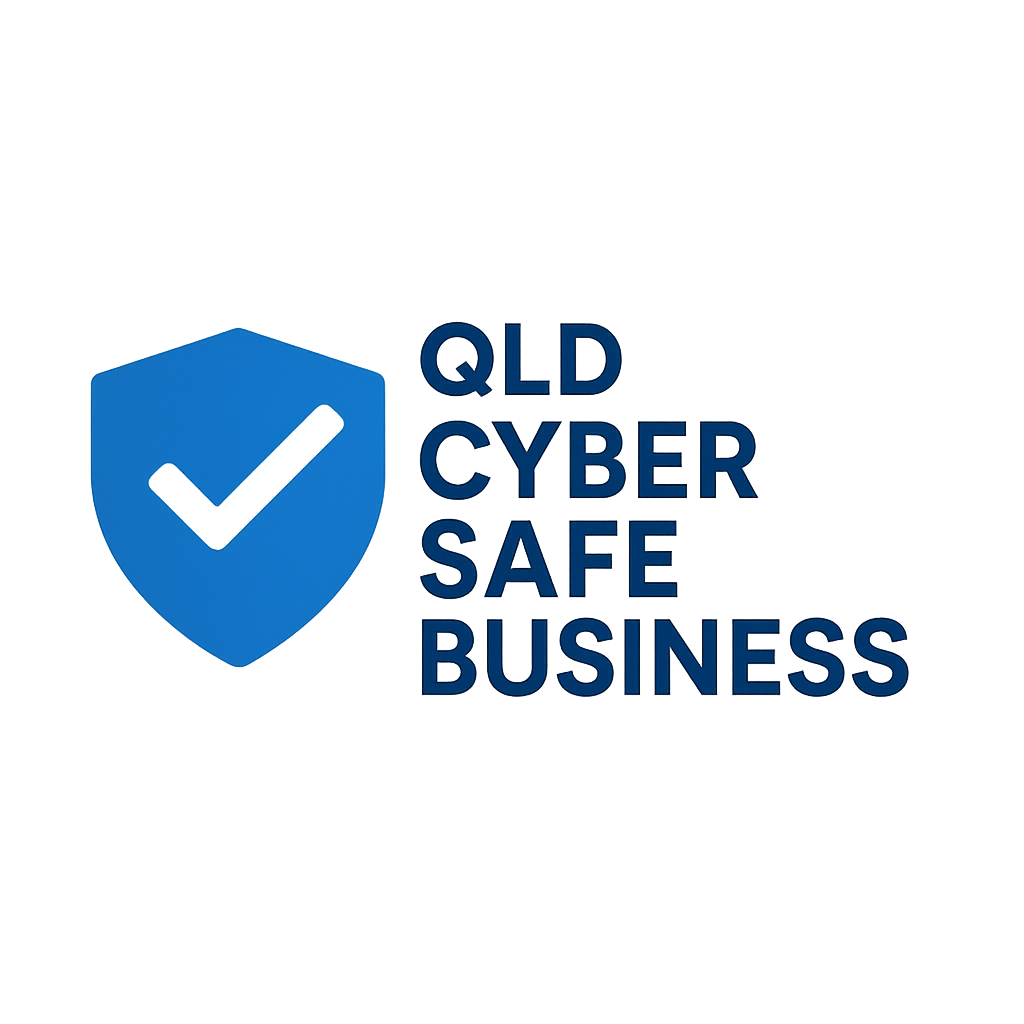electing security tools can feel overwhelming. The goal isn’t to buy “everything”—it’s to match the right protections to your real risks, implement them well, and keep them maintained.
1) Start with a quick risk snapshot
- What do you need to protect? (customer data, payroll, email, cloud files, point-of-sale)
- Where does it live? (laptops, mobiles, servers, Microsoft 365/Google Workspace, industry apps)
- What could go wrong? (phishing and invoice fraud, lost laptop, ransomware, account takeover)
- What must you comply with? (contracts with clients, insurer requirements, ACSC Essential Eight maturity goals)
This snapshot tells you which tool categories matter most.
2) Build a “minimum viable stack”
For most households and small businesses, aim for these basics first:
- Device protection: antivirus/anti-malware with automatic updates
- Patching: keep operating systems, apps, and firmware up to date
- Backups: automatic, versioned, test restores; at least one copy offsite or cloud
- Email & identity: phishing protection, spam filtering, and MFA on all important accounts
- Password management: a reputable password manager; use long passphrases
- Firewall & DNS filtering: block known-bad sites and risky traffic
- Encryption: turn on disk encryption for laptops and phones; use secure sharing links for files
3) Decide using clear criteria (no brand bias)
Evaluate each option against the same checklist:
- Fit for purpose: Does it actually reduce the risks you identified?
- Ease of use: Will non-technical staff use it correctly? (simple setup, clear alerts)
- Coverage: Works on all your devices (Windows/macOS/iOS/Android) and your cloud platform
- Scalability: Add users/devices without re-doing everything
- Visibility: Useful reports/logs so you can spot issues early
- Interoperability: Plays nicely with what you already use (email, identity, MDM)
- Updates & support: Frequent security updates; responsive help when things break
- Privacy & data location: Where is data stored? What metadata is collected?
- Total cost of ownership: Licence + setup time + training + ongoing admin
Tip: Score each criterion 1–5 and pick the option with the best overall fit, not just the lowest price.
4) Keep it simple to operate
Security fails when tools are too hard to run.
- Prefer default-secure settings and templates
- Turn on auto-updates and auto-remediation where safe
- Use least privilege (limit admin rights)
- Standardise devices with a known-good baseline
- Create short, plain-language guides for staff (screenshots help)
5) Plan for growth (and hiccups)
- Choose tools that support more users and locations without a full rebuild
- Test offboarding/onboarding: can you revoke access in minutes?
- Run a tabletop exercise twice a year (simulate a phishing or ransomware event)
- Review your stack after major changes (new line-of-business app, moving to cloud)
6) Quick references for Australians
- ACSC Essential Eight: use it as a practical roadmap (application control, patching, MFA, backups, etc.)
- Insurers & contracts: many require MFA, backups, and incident response basics
- Data retention: keep what you need, delete what you don’t—less data = less risk
7) Red flags to avoid
- “Set and forget” claims—no tool is zero-maintenance
- Vague data-handling policies or unclear data locations
- Alerts with no guidance on what to do next
- Tools that break everyday work or rely on a single expert
8) A 60-minute selection workflow
- List top 3 risks and must-have features
- Shortlist 2–3 tools per category
- Check platforms, MFA support, backups/restore steps
- Pilot on 1–2 devices for one week
- Review usability and logs; decide and document settings
Security is a journey, not a product. Start with the basics, choose tools you can actually operate, and improve in small steps. If you’re part of a community group or local business network, share checklists, lessons learned, and templates—knowledge is the best free upgrade.



